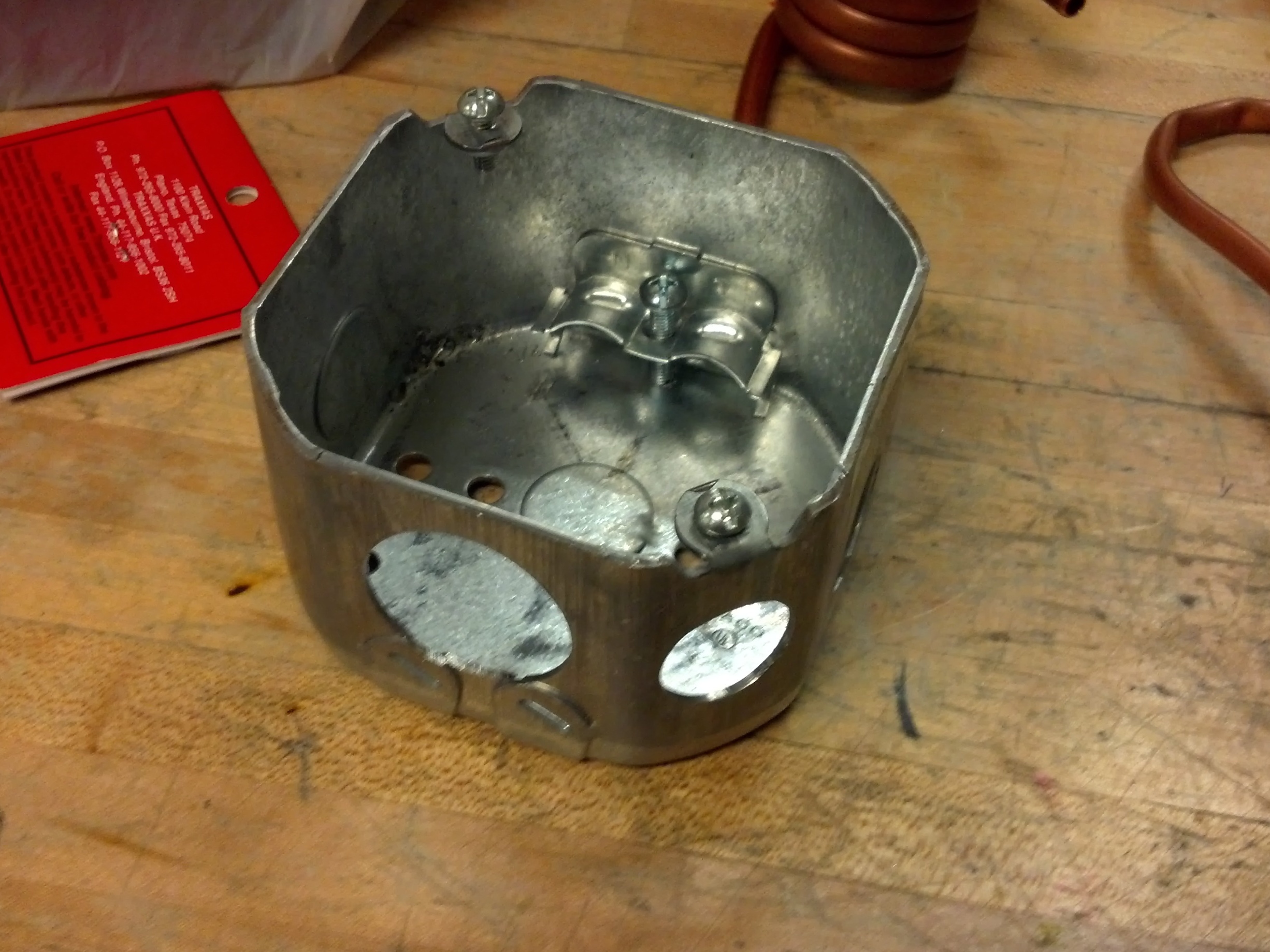In 1906 the first pulsejet was patented and since then has provided entertainment as well as opportunity for innovation and improvement. How a pulsejet works is actually very simple. With a valveless design (which this is), fuel and air are directed into a combustion chamber. Once the fuel has ignited, flame exits the exhaust tube and essentially creates a vacuum in the combustion chamber which draws more fuel and fresh air in. The ignition source would then ignite the fresh fuel and air for continued combustion.
This instruction manual will provide details on constructing and running a pulsejet that runs on isopropyl alcohol from items that can mostly be found at Lowe’s if not just lying around the house.



